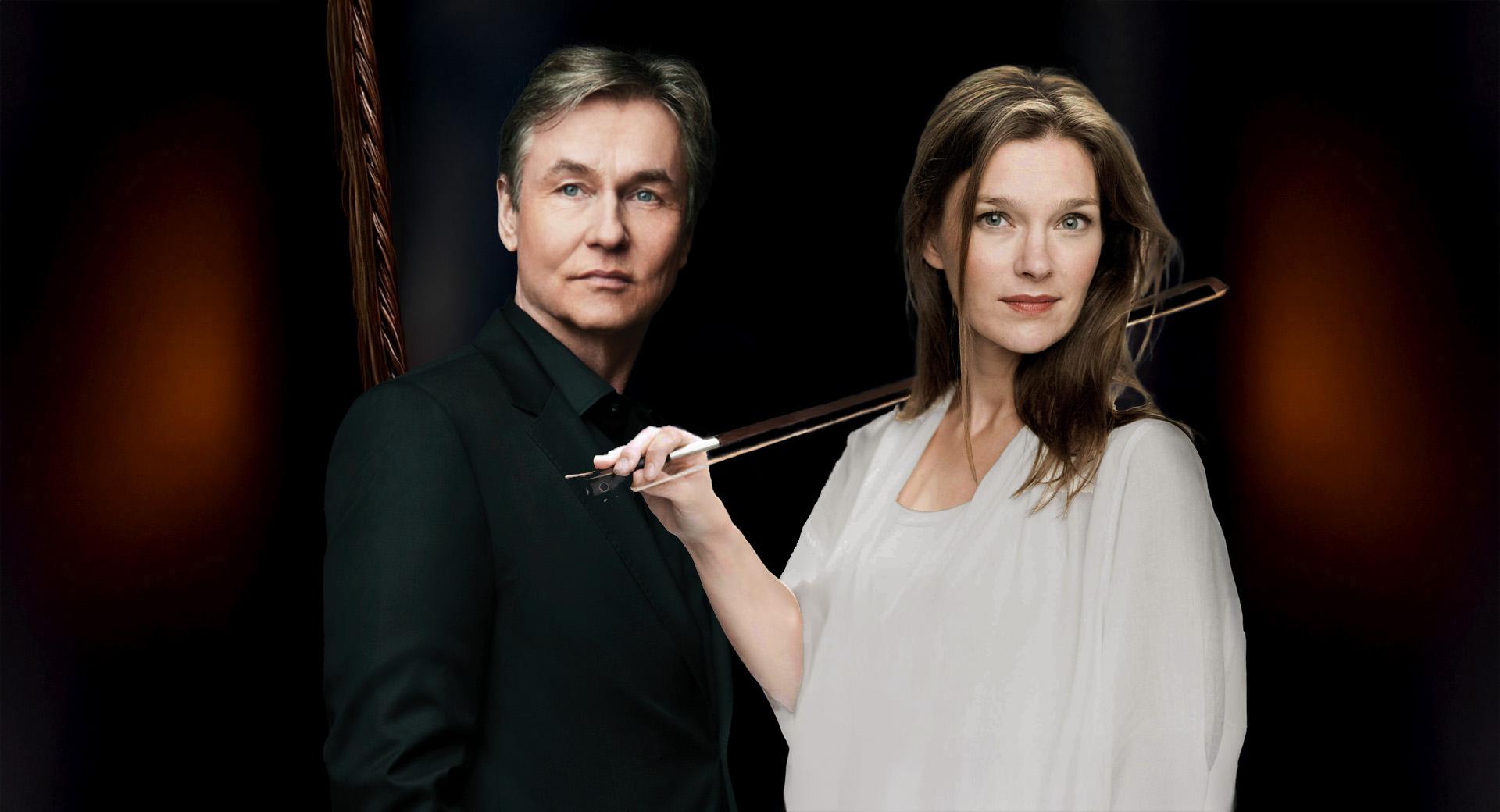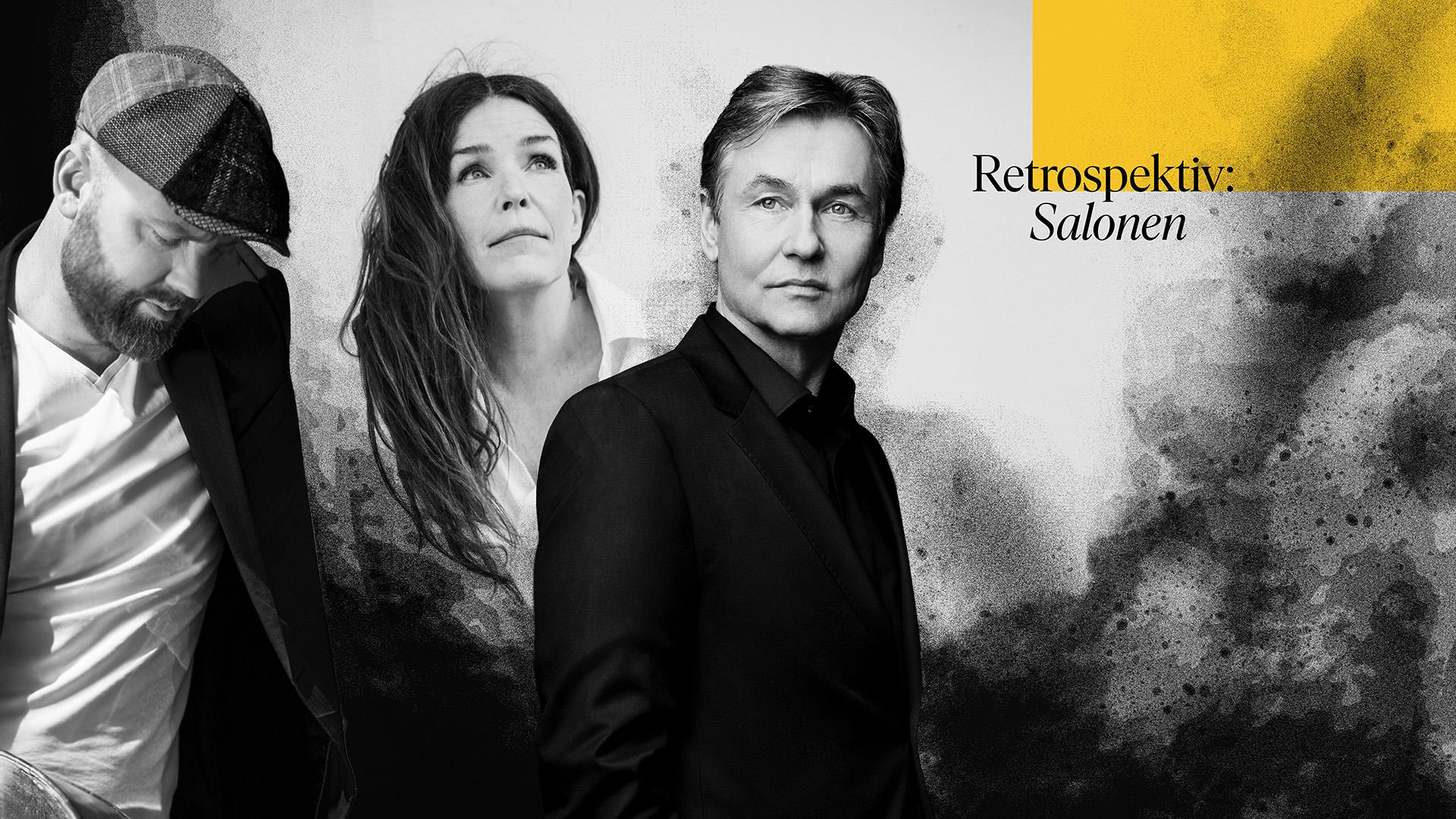Shostakovich according to Mäkelä
This production is part of one or more concert series.
In the autumn of 2017, the Swedish Radio Symphony Orchestra crossed paths with conductor Klaus Mäkelä for the first time, an encounter that was so successful that, in December that same year, he was announced as the orchestra’s first guest conductor, with a three-year contract. This season, on location in Berwaldhallen, Mäkelä will conduct three symphonies by Shostakovich: the fifth, sixth and seventh.
The young conductor is absolutely inundated with requests. He is Artist in Association at the Tapiola Sinfonietta and in 2017, he also debuted as opera conductor at the Finnish National Opera. Mäkelä has also been appointed Esa-Pekka Salonen’s assistant for the work on the National Opera’s production of Der Ring des Nibelungen. In addition, he has been selected as the new artistic director of the Turku Music Festival and will be planning the programme for the summer of 2019, which is the festival’s 60th anniversary. A record start for a conductor born in 1996.
Anton Webern studied music in Vienna and wrote his thesis on renaissance conductor Heinrich Isaac. Later, Webern was intrigued by Arnold Schoenberg and his twelve-tone technique. To earn a livelihood, Webern conducted, composed and taught, as well as working at the Universal Edition publishing house. In a letter to conductor Hermann Scherchen, Webern wrote about his adaptation of Bach’s Ricercar: “My instrumentation aims to reveal the motivic coherence… What music it is! Truly, it is not worthwhile to awaken this music, which lies asleep in the seclusion of Bach’s own abstract presentation…”
Einojuhani Rautavaara wrote his Cello Concerto No. 2, dedicating it to Truls Mørk. The concerto is quite short, around 20 minutes, and written in a movement that is divided into three parts. The title, Towards the Horizon, is more a feeling than a programme commentary. Rautavaara himself has said that with this concerto he has composed twelve overall, and that this one may also be his final one. This neo-classical work presents the cello in a more or less unbroken melody that is varied against the orchestral movements. Towards the end of the concerto, the orchestra becomes more brutal but lets the cello end on a lyrical note, a figure rising towards the horizon.
Dmitri Shostakovich’s Symphony No. 5 from 1937 was to be a turning-point in his life. The year before, the state-owned newspaper Pravda published an article with the header, “Chaos instead of music”. That was to be the start of a veritable witch-hunt for Shostakovich, who feared for his life. For that reason, he withdrew his already composed Fourth Symphony and instead, presented the Fifth with the comment, “an artist’s response to just criticism”.
Text: Evabritt Selén



